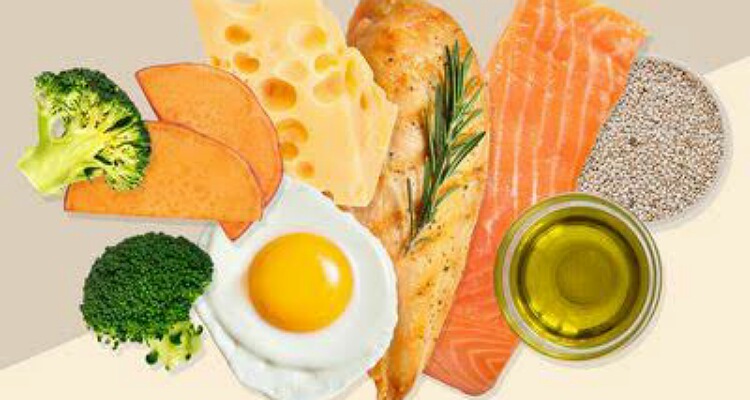The Sonoma diet is another weight loss diet program. It concentrates on low calories and nutrient dense food consumption. What are its health benefits, success rate, and drawbacks?
The Sonoma diet
The Sonoma diet is a weight loss diet program that is restrictive and focuses on consumption of nutrient dense foods. Dr. Connie Guttersen, a registered dietitian crested this diet. The name of this diet is from the region Sonoma where Connie hails from. This region is in California and is famous for wine growing.

Connie has penned a book on it in 2005 and again a revised one in the 2011. This diet promises weight loss and health benefits in just 10 days. Kelsey Lorencz, nutrition advisor for Zenmaster Wellness states:
“The Sonoma Diet is essentially a spin-off of the Mediterranean diet with more rules, primarily focusing on weight loss,”
The Mediterranean diet inspired this diet. It promotes people to eat fruits, vegetables, whole grains, legumes, nuts, lean protein, and olive oil. It has guidelines on portion control and consists of three phases. Kelsey explains:
“The three waves of the Sonoma Diet go from most restrictive to least restrictive, with the focus of quick weight loss in waves 1 and 2 followed up with a sustainable lifestyle diet in wave 3,”
It discourages high carb foods, alcohol, fatty foods, and artificial sweeteners.
Health benefits
There are anecdotal reports of weight loss achievement with this diet. But studies with calories restricted Mediterranean diet did reveal its benefits for weight loss. Most foods are low calories ones with high fiber and protein. These promote weight shedding. The calories restriction aids weight loss. But Kelsey says:
“The restrictive nature of the first two phases is unnecessary for long-term and sustainable weight loss,”
“In my experience with clients, following an overly restrictive diet for any period increases the likelihood of getting caught in the restrictive and binge cycle of dieting.”

Since the diet has similarities to the Mediterranean diet, it might have similar health benefits too. It prevents heart disease and diabetes. The diet has foods that are high in fiber and this helps regulation of bowel movements. The blood cholesterol is controlled. The phytochemicals from plant based eating and use of less processed foods reduce risk of cancer and body inflammation.
Drawbacks
Despite its various health benefits, the diet has a number of downsides too. There is severe calories restrictions in wave 1 of the diet. This can cause hunger and might be hard to follow for some individuals. Besides, the weight might return once you decrease the calories restrictions. But restricting calories again might not be the answer. Melissa Mitri dietitian states:
“There are a lot of factors that can cause weight regain including changes in diet, exercise, sleep, and stress levels. It would be a disservice to assume reverting back to a more restrictive phase was the solution.”

The diet labels all carbs as bad. This is not true. White potatoes and other complex carbs are good for body and can be had in moderation.
The diet requires a lot of advance meal planning, efforts and time. You have to cook everything yourself from the scratch since one has to avoid processed foods. Certain foods in this diet are expensive. It might pinch your pockets.
Read here: Diet-related chronic diseases will not decrease with urging people to eat healthily!
For health and weight loss, a balanced wholesome diet with exercise and lifestyle changes can do wonders. Why not try it?